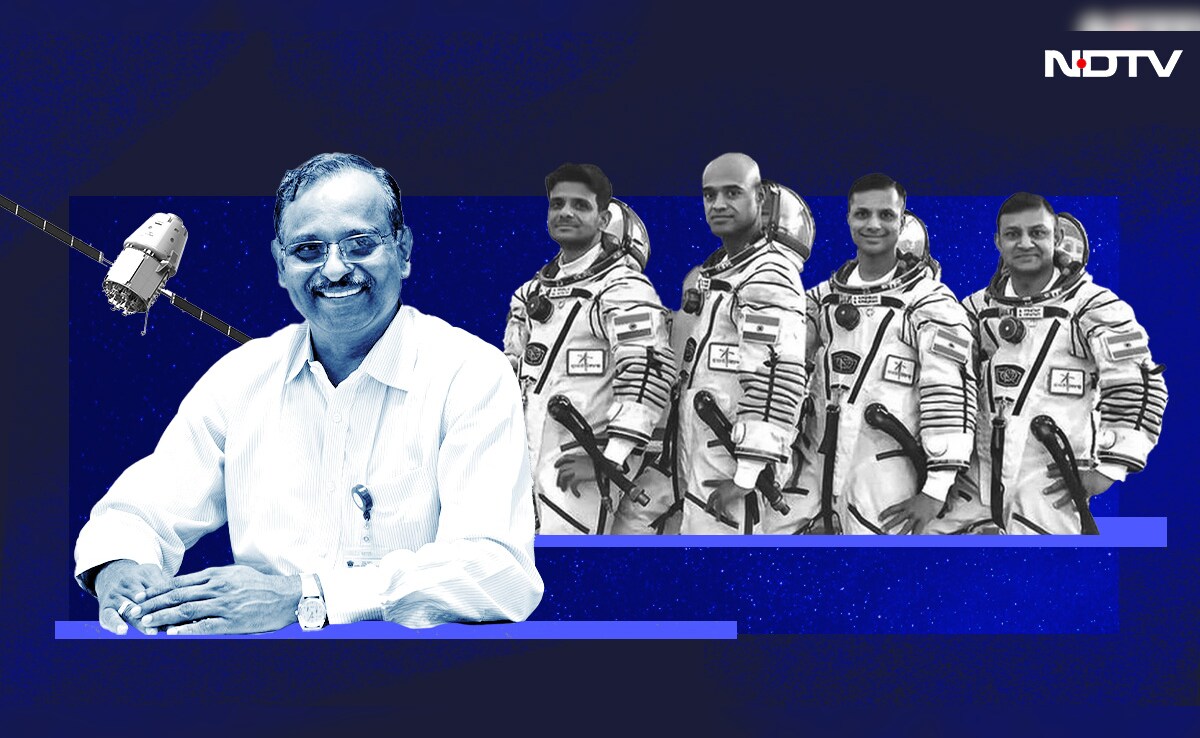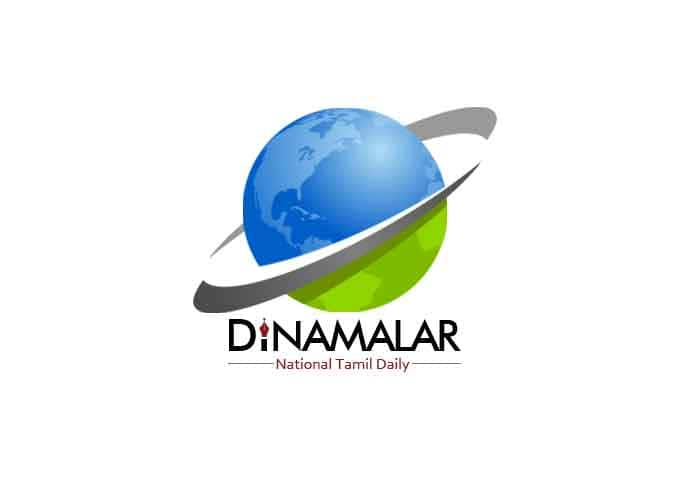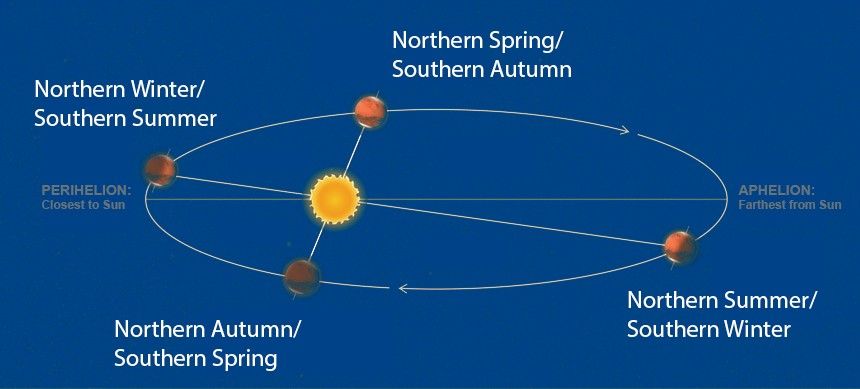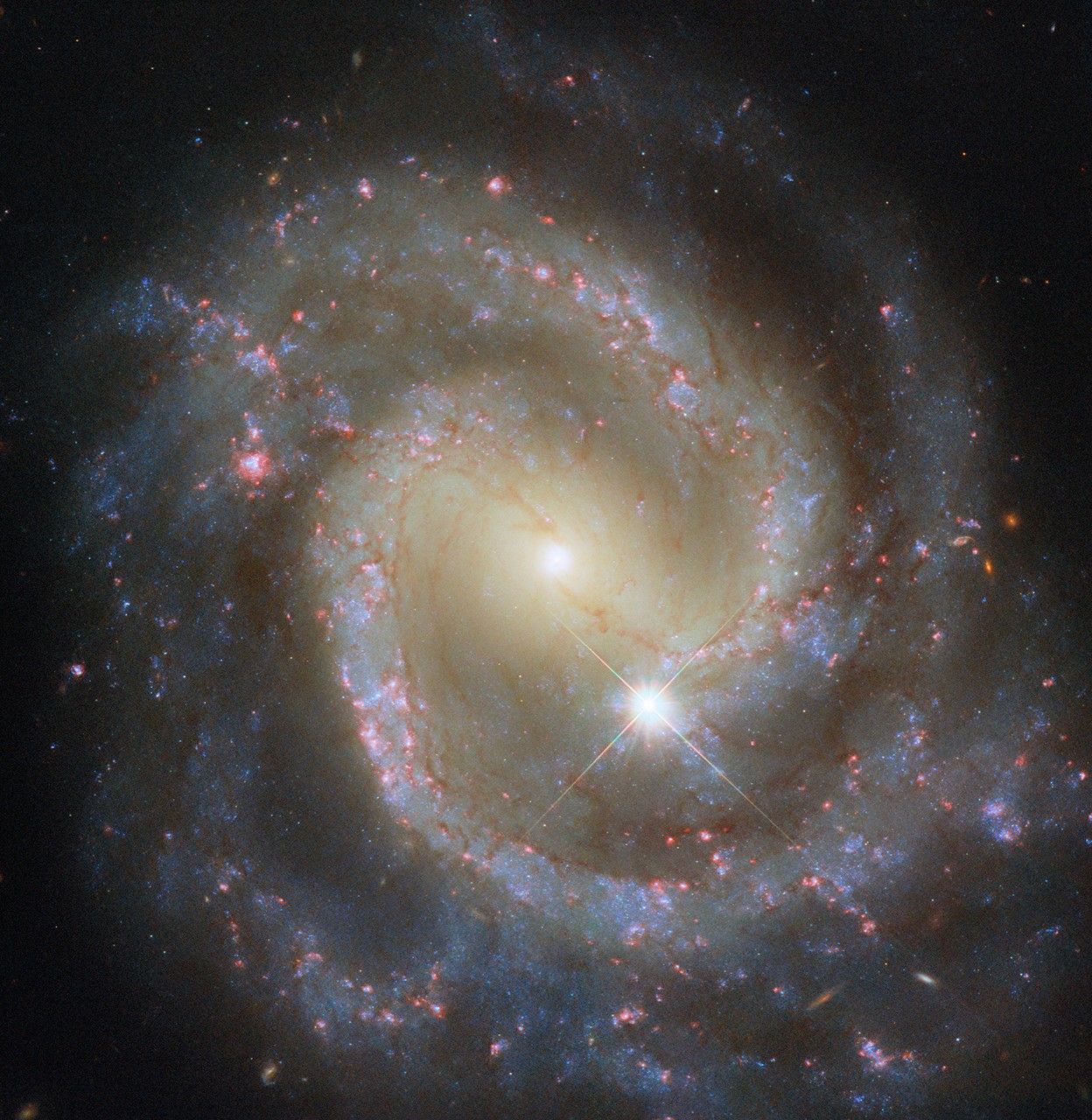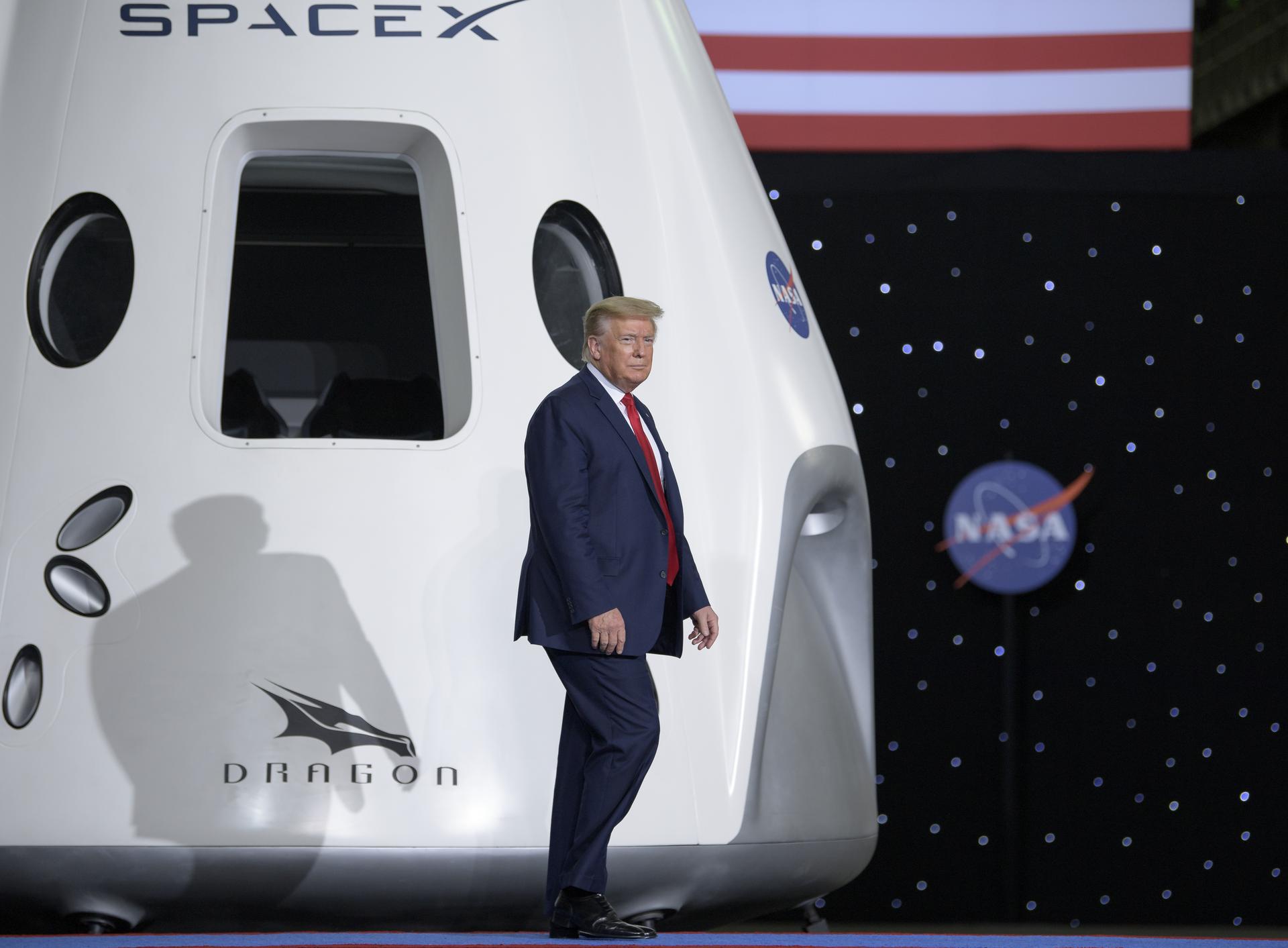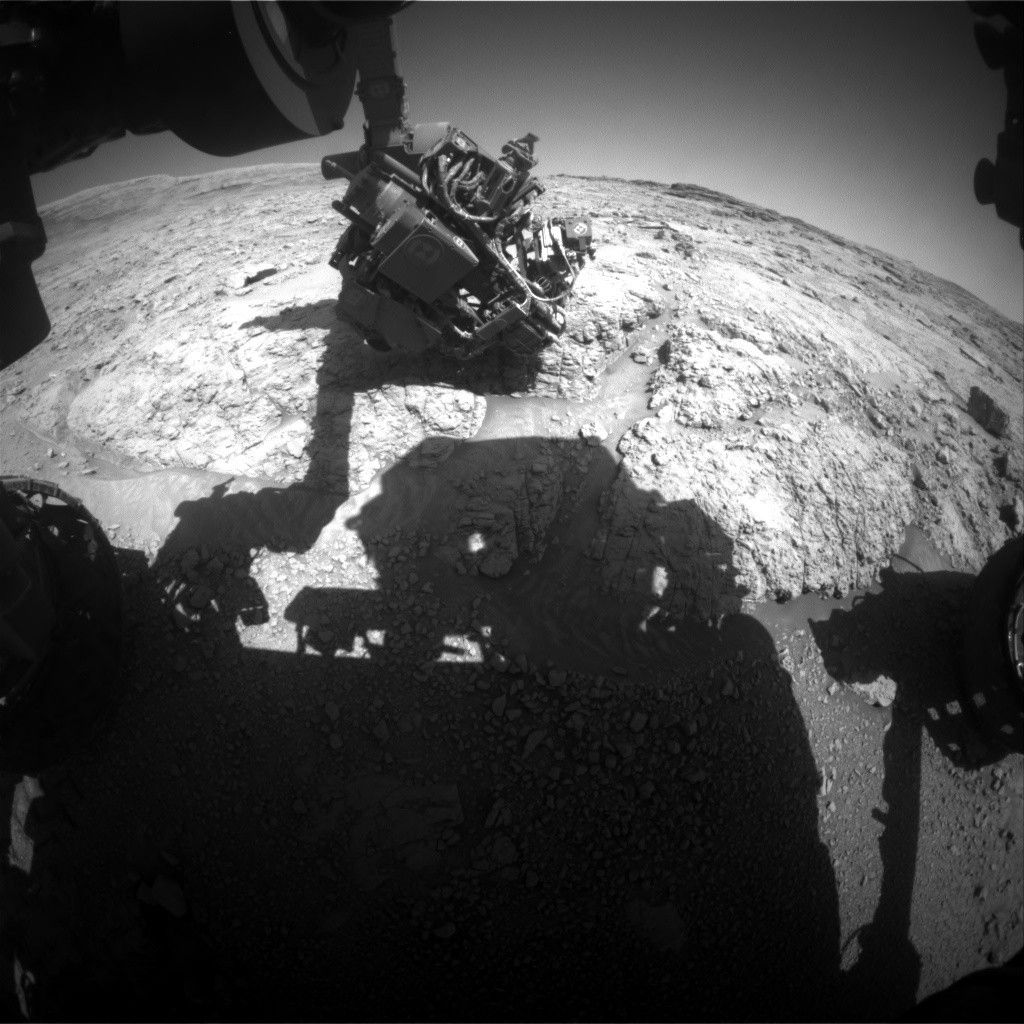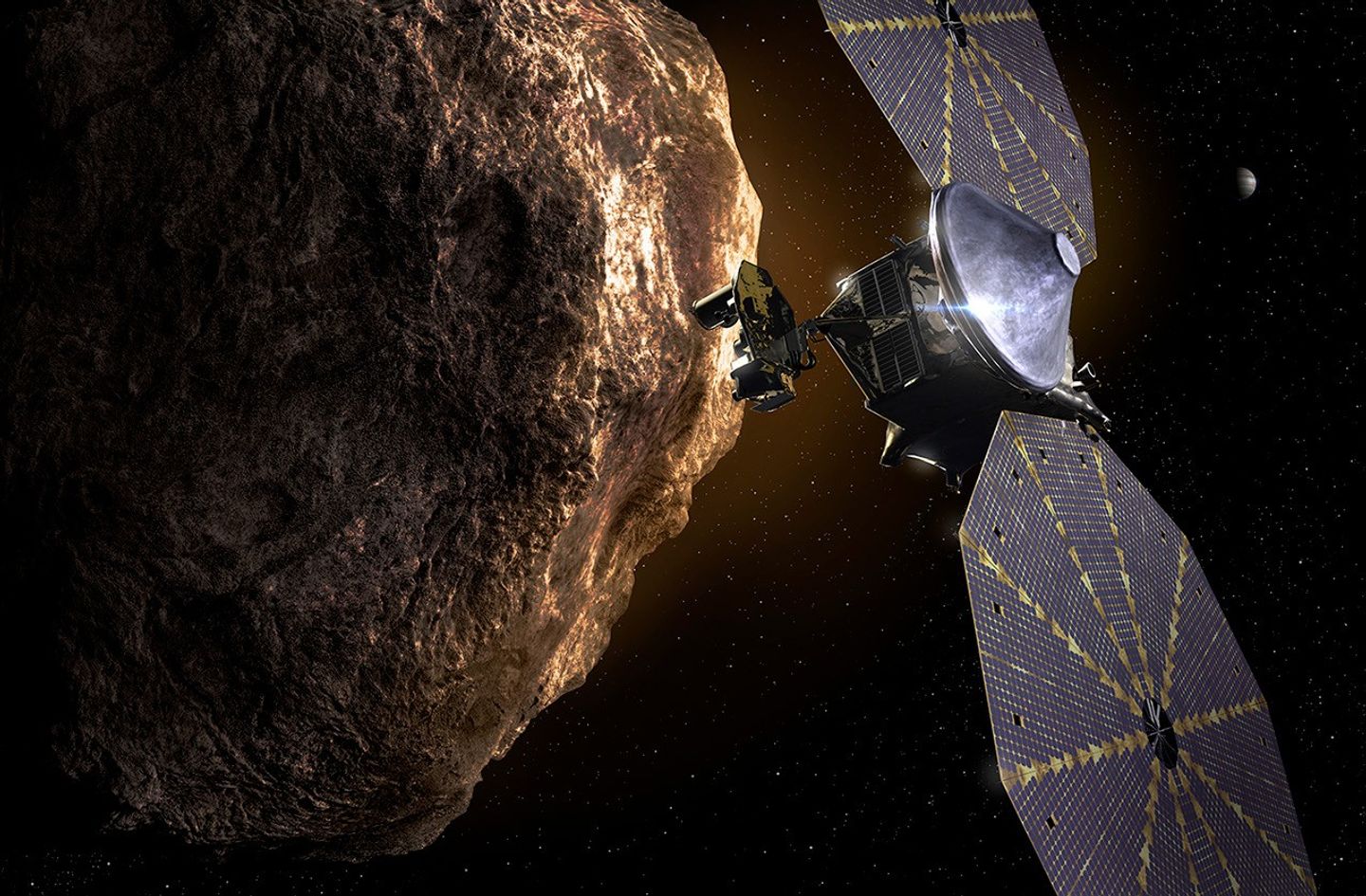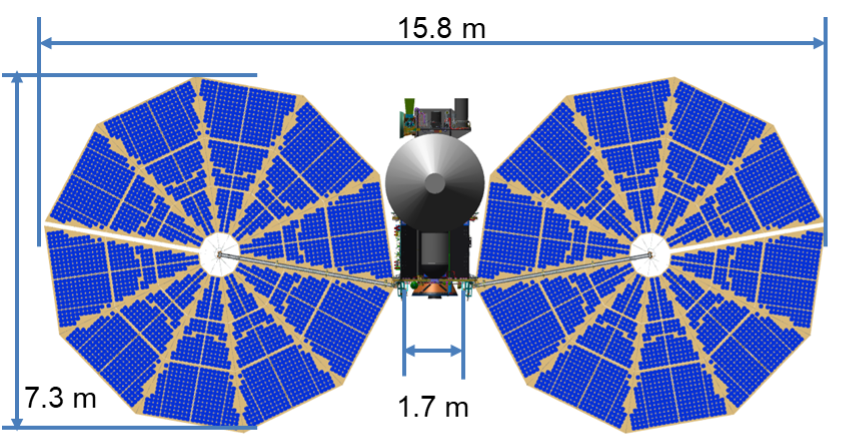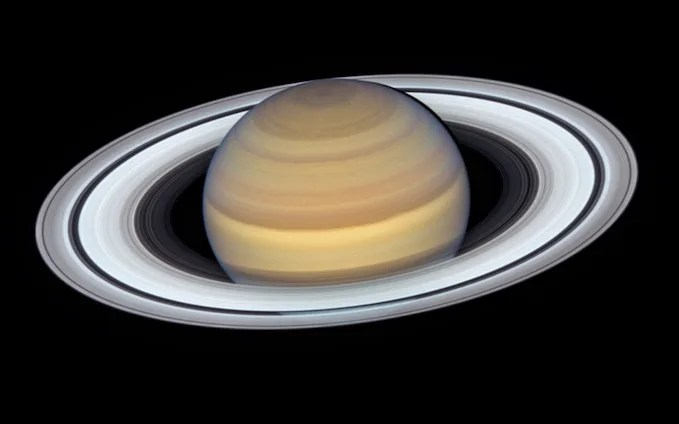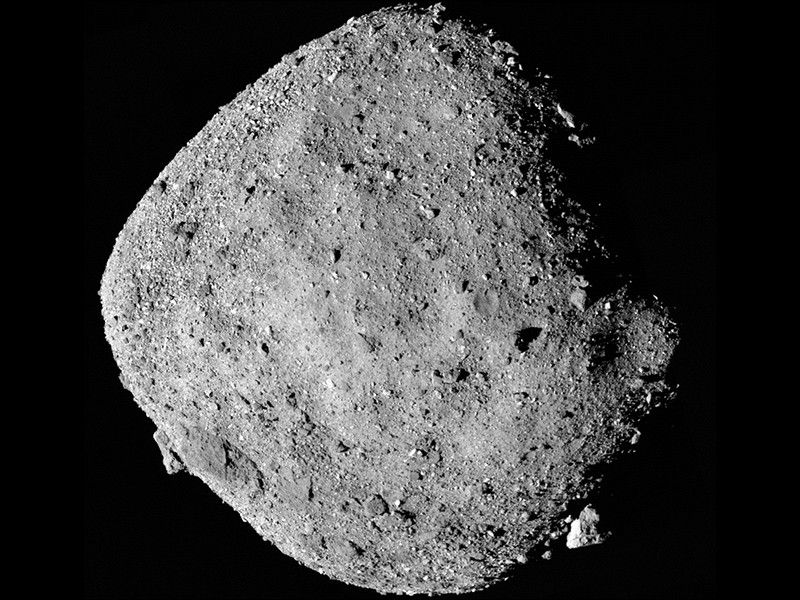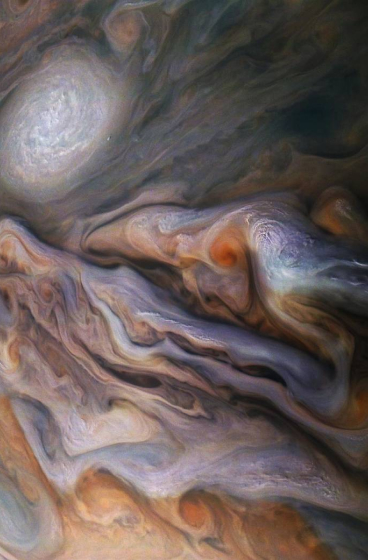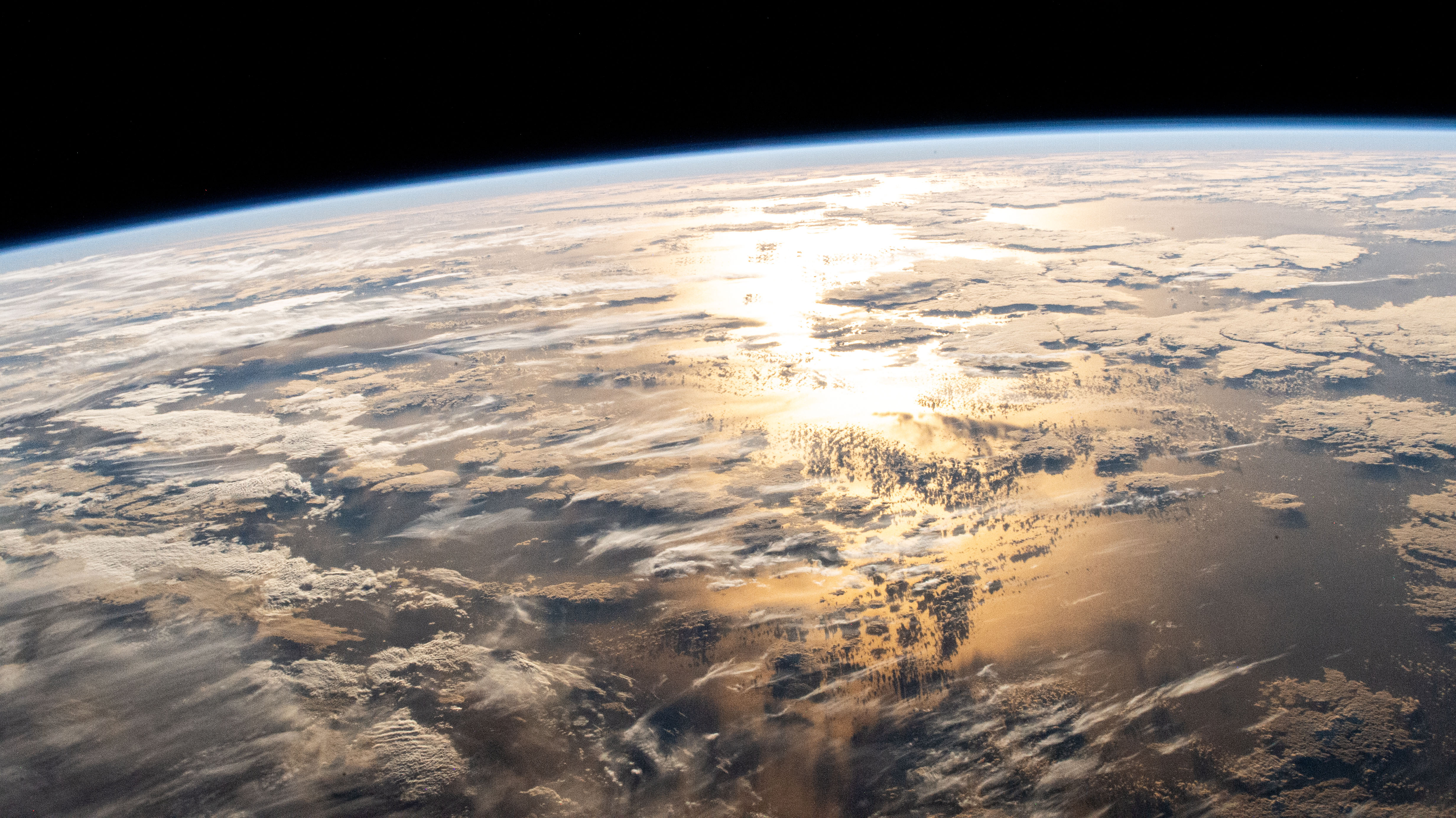NASA Selects Participating Scientists to Join Lucy Asteroid Mission
NASA has selected eight participating scientists to join its Lucy mission to the Jupiter Trojan asteroids. These asteroids are remnants of our early solar system trapped on stable orbits associated with – but not close to – the planet Jupiter. NASA’s Lucy in the L4 Trojans Participating Scientist Program supports scientists to carry out new investigations […]
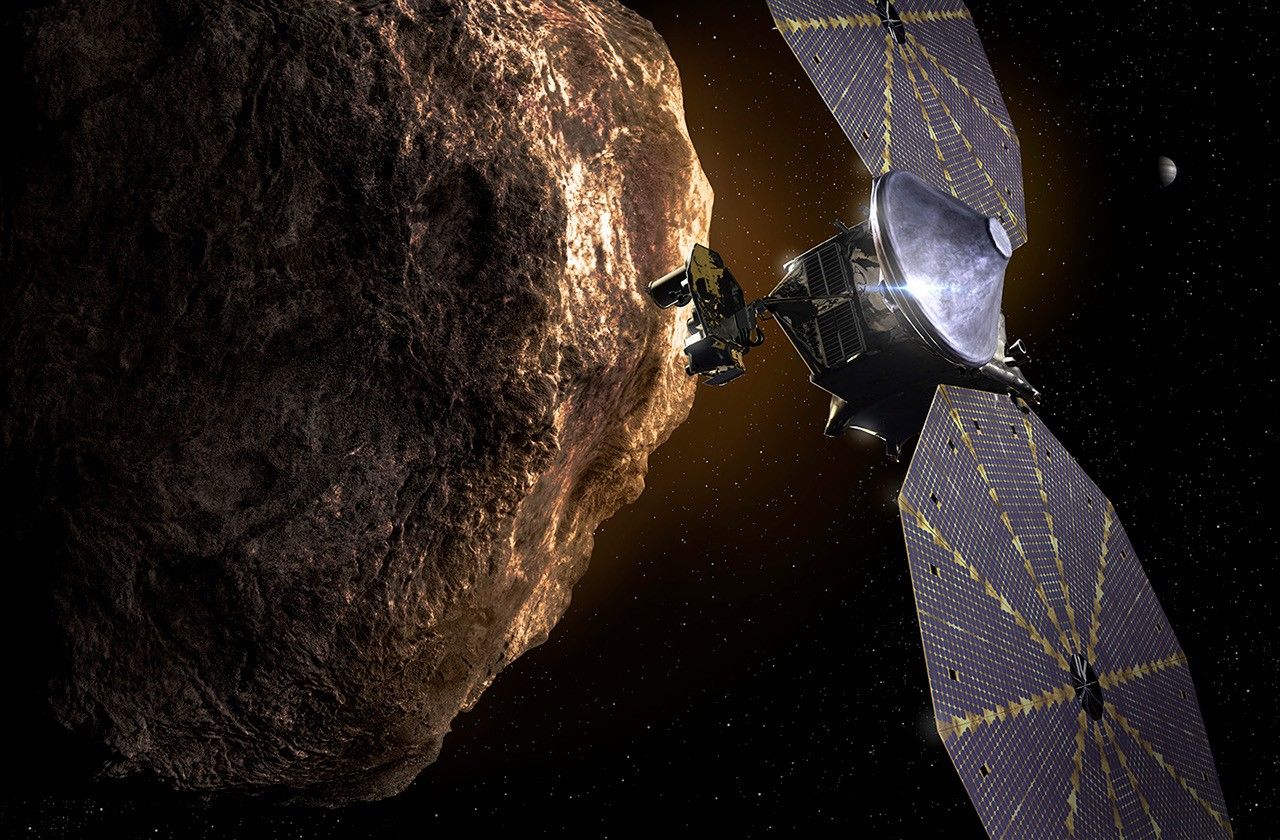
2 min read
NASA Selects Participating Scientists to Join Lucy Asteroid Mission
NASA has selected eight participating scientists to join its Lucy mission to the Jupiter Trojan asteroids. These asteroids are remnants of our early solar system trapped on stable orbits associated with – but not close to – the planet Jupiter.
NASA’s Lucy in the L4 Trojans Participating Scientist Program supports scientists to carry out new investigations that address outstanding questions related to the Jupiter Trojan asteroids as part of the Lucy mission. Launched in 2021, the Lucy spacecraft is currently on its way to the L4 Trojan swarm, which leads Jupiter in its orbit around the Sun. This is the first selection of Lucy participating scientists, who will become mission science team members for the four major asteroid encounters that the Lucy spacecraft will have in the L4 swarm in 2027 and 2028, and who will remain on the team for subsequent scientific analysis until 2030.
The newly selected participating scientists are:
- Harrison Agrusa, Observatoire de la Côte d’Azur in Nice, France
- Benjamin Byron, University of Central Florida in Orlando
- Emily Costello, University of Hawaii, Honolulu
- Masatoshi Hirabayashi, Georgia Tech Research Corporation [TSS1] in Atlanta
- Fiona Nichols-Fleming, Smithsonian Institution in Washington
- Norbert Schorghofer, Planetary Science Institute in Tucson, Arizona
- Jennifer Scully, NASA’s Jet Propulsion Laboratory in Southern California
- Anne Verbiscer, University of Virginia, Charlottesville
Lucy’s principal investigator, Hal Levison, is based out of the Boulder, Colorado, branch of Southwest Research Institute, headquartered in San Antonio. NASA’s Goddard Space Flight Center in Greenbelt, Maryland, provides overall mission management, systems engineering, and safety and mission assurance. Lockheed Martin Space in Littleton, Colorado, built and operates the spacecraft. Lucy is the 13th mission in NASA’s Discovery Program. NASA’s Marshall Space Flight Center in Huntsville, Alabama, manages the Discovery Program for the Science Mission Directorate at NASA Headquarters in Washington.
For more information on NASA’s Lucy mission, visit:
https://www.nasa.gov/lucy
What's Your Reaction?








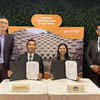




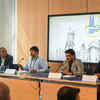


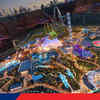


.jpg?#)

